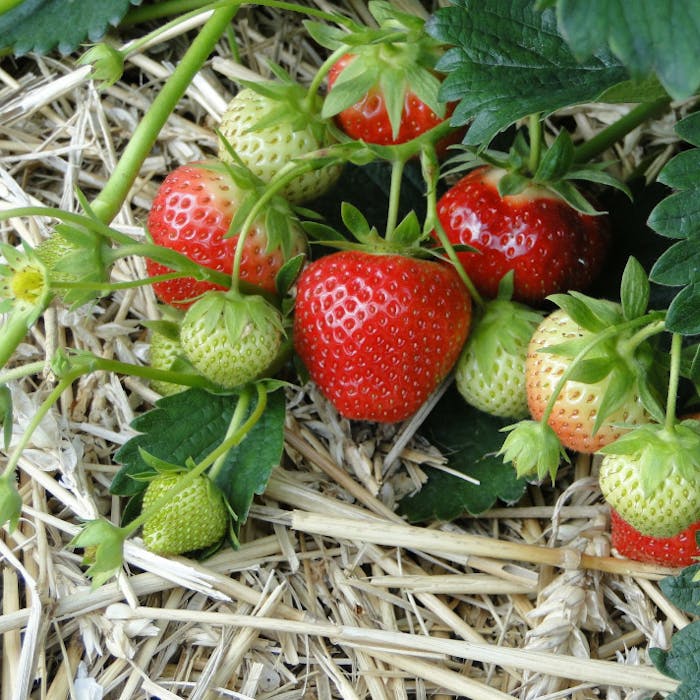
The English strawberry - a tale of three continents
Two plants, from two different continents, were brought together on a third continent - Europe - to make the delicious strawberry we know and love as a British summer treat.
From as early as the 16th century, the strawberry has been enjoyed in Britain as part of a banquet - the last course of a meal where lots of sweet treats would be served such as comfits and marmalades (thick jelly-like confections rather than jams). This was an opportunity for the host to show off their wealth through the use of luxurious ingredients like sugar and spices, which were expensive at the time.
The strawberries eaten by the Tudors and Stuarts were the wild Alpine variety – a petite red berry which continues to grow in English hedgerows, woodlands and many gardens. Delightfully tasty, but very small. These would have been the only strawberries available up to the 16th century.
Different strawberry varieties were brought to England from North America during the 16th century. These were sweeter than our own wild variety, but were still small. It was only when this strawberry was cross-bred with the larger Chilean strawberry in France that the fruit that we know today was born.
By the early 19th century, many varieties of large, juicy, strawberries had been developed and England gained a reputation for the fruit, which it retains to this day.
It is thought that the name 'strawberry' is not due to the mulching method, but derives from "strewn berry", acknowledging the fruit's low growing habit, unlike other berries.
Further reading
Links to external websites are not maintained by Bite Sized Britain. They are provided to give users access to additional information. Bite Sized Britain is not responsible for the content of these external websites.
